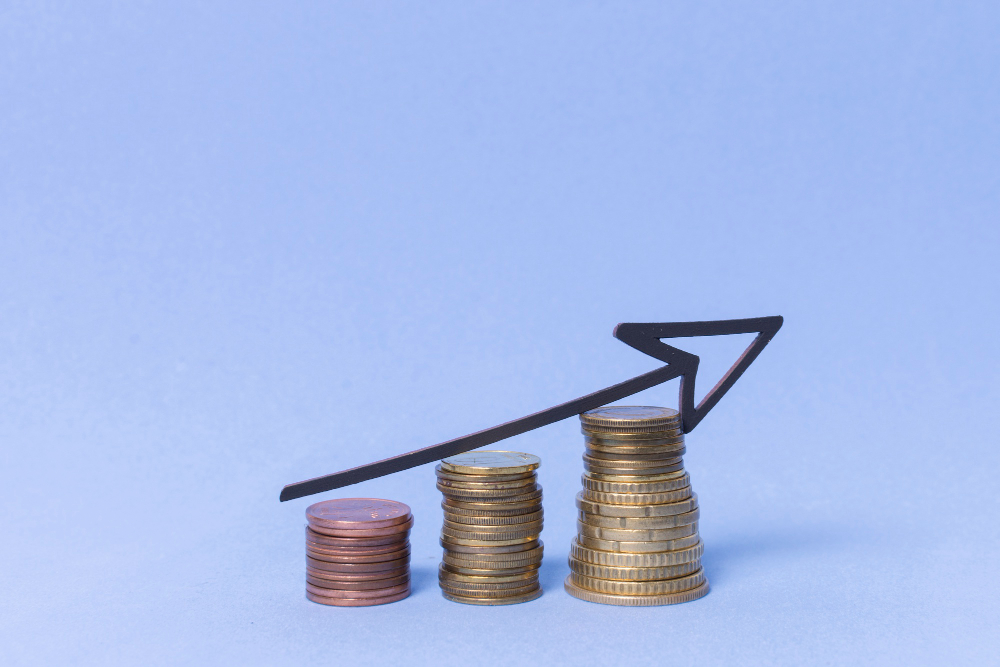April 2025 Interest Rates Update: Trends and Predictions
Interest rates in America have been going through many changes, especially with the new government. Understand what to expect for the year.
The month of April 2025 brought significant updates regarding interest rate policy in the United States.
The Federal Reserve (Fed), the U.S. central bank, opted to keep the benchmark interest rate unchanged in the range of 5.25% to 5.50%, as announced at its latest meeting.

This decision was widely expected by the market, but the official statement and the press conference held by Fed Chair Jerome Powell brought nuances that deserve close attention.
What motivated the Fed’s decision in April?
According to Fed officials, the main concern at the moment is ensuring that inflation moves toward the 2% target in a sustainable way.
Despite improvements seen in 2024, the first months of 2025 brought higher-than-expected inflation readings, particularly in the services sector, which is more sensitive to wage pressures.
Additionally, the labor market remains robust, with the unemployment rate hovering around 3.8% and wage growth exceeding pre-pandemic trends.
These factors give the Fed the confidence to keep interest rates elevated for a longer period to ensure that inflation does not reaccelerate in the near future.
The Fed emphasized that the Federal Open Market Committee (FOMC) still believes that one or two rate cuts are possible by the end of 2025 but made it clear that the trajectory will depend on the economic data in the coming months.
How did the financial markets react?
Markets had already been adjusting their expectations for some time, especially over recent months, with a reduction in bets on aggressive rate cuts.
Shortly after the Fed’s April announcement, U.S. stock indexes saw a slight decline, while Treasury yields rose.
The dollar also strengthened against other currencies, reflecting the perception that U.S. interest rates will remain high for a longer period.
This strengthening of the dollar can impact international trade and emerging markets, which rely heavily on dollar-denominated financing.
Impacts on American consumers
For U.S. consumers, maintaining high interest rates brings several practical effects, such as more expensive borrowing costs for credit cards, personal loans, and auto financing.
Mortgage rates also remain close to 7%, which continues to pressure the housing market, with home sales slowing in many regions.
On the other hand, those investing in fixed-income products, such as certificates of deposit (CDs) and high-yield savings accounts, continue to enjoy elevated returns.
What about inflation — what can we expect?
The latest data so far shows that U.S. inflation, measured by the PCE index, is running at around 2.8% annually, above the Fed’s official 2% target.
The inflation target is one of the Fed’s main guides for monetary policy, and as long as inflation does not safely converge toward that range, the Fed is unlikely to begin cutting rates.
Many experts point out that inflationary pressures coming from the services sector and real estate are currently the main obstacles.
On the other hand, prices for durable goods and energy have been falling, which helps contain the overall price increases.
What are the projections for the coming months?
Most market analysts revised their projections after the Fed’s April communication. The general expectation is that the first rate cut may only happen in the third quarter of 2025.
Interest rate futures indicate that by the end of 2025, the Fed might deliver one or at most two cuts, bringing rates down to between 4.75% and 5.00%.
This is a slower pace than expected at the end of 2024, when many projected up to four cuts.
Risks and uncertainties
Several factors could change the projected path:
- Persistent inflation, where prices continue rising above expectations, could prompt the Fed to consider new rate hikes.
- If U.S. economic growth weakens significantly, the Fed might be forced to cut rates more quickly to avoid a recession.
The year 2025 also marks the beginning of a new presidential administration in the U.S. Changes in fiscal and trade policies could impact inflation and growth trajectories, indirectly affecting monetary policy.
In this context, geopolitical tensions or shocks in commodity markets could also influence the economic outlook and the Fed’s decisions.





